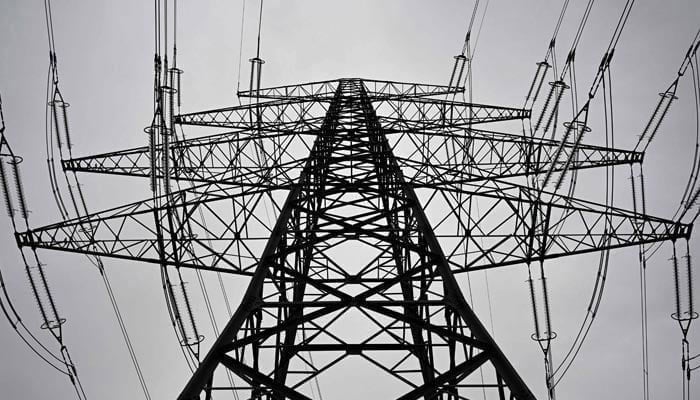Prime Minister Shehbaz Sharif has announced a major relief for the public. On Thursday, he declared a cut in electricity prices of up to Rs7.69 per unit. This reduction applies to both households and industries. He also promised more relief soon, as the government works on reforms in the power sector.
During a ceremony, the Prime Minister shared the details of this relief package. He said the electricity prices for domestic users had dropped by Rs7.15 per unit. For the industrial sector, the price per unit came down by Rs7.69.
“In June 2024, the industrial tariff stood at Rs58.5 per unit,” he said. “We first slashed it by Rs10.3 and now by another Rs7.69,” he added. These measures are part of a broader plan to fix the power sector and revive the economy.
PM Shehbaz said cheaper energy would help industries grow. “Now our products will be more affordable and competitive,” he said. He admitted that high inflation and soaring electricity rates had caused serious distress to the public. But, he added, his government was committed to easing this burden.
The Prime Minister also laid out the upcoming structural changes. Power theft, which costs the nation Rs600 billion yearly, will be tackled. He said the creation of an open electricity market would help lower tariffs even more.
He stressed the need to reform DISCOs — the Power Distribution Companies. “We must privatize or commercialize these companies to stop losses and theft,” he said. He directed his team to carry out the reforms quickly and with full focus.
PM Shehbaz praised the task force working on the power sector. He said their creative thinking and efforts made it possible to convince the IMF to agree on tariff cuts. “We kept fuel prices stable and focused instead on lowering electricity prices,” he noted.
He also spoke about rebuilding trust with the IMF, which was broken in 2020. The negotiations with Independent Power Producers (IPPs) were successful. He thanked the team led by Sardar Awais Ahmad Khan Leghari. “We saved Rs3,696 billion through this deal with IPPs,” he said.
The circular debt crisis, now at Rs2,393 billion, is another huge issue. PM Shehbaz shared that the government had designed a five-year plan to solve this permanently.
He extended his thanks to PML-N President Nawaz Sharif and other coalition leaders. “Their guidance and support made all this possible,” he said.
Recalling the state of the economy when he became Prime Minister, he said the country was near default. Businessmen feared collapse. “We didn’t even have funds to open LCs or run power plants,” he said. The power sector itself was almost paralyzed.
He blamed the previous government for pushing the country to the brink. “They even broke their deal with the IMF,” he said. Later, they blocked our talks with the IMF for their own politics, he added.
But hard work paid off. “Allah Almighty accepted our efforts and saved the country,” he said. Now, according to the Prime Minister, the economy is back on track and heading toward steady growth.
He credited COAS General Asim Munir for standing by the government during tough times. “His support made a real difference,” he said.
The Prime Minister thanked the people of Pakistan as well. He said they endured tough times and high inflation with patience. He called the economic recovery a “surgical operation” to remove deep-rooted problems.
He reminded the nation that Nawaz Sharif had promised to bring inflation down to single digits by 2026. “By the grace of Allah and our team’s efforts, it’s already dropped to 1.5%,” he said.
Petrol prices were also reduced by Rs38 per liter, now the lowest in the region. The policy interest rate, once at 22.5%, has now fallen to 12%. This gave huge relief to the business sector.
He also highlighted another pressing issue — loss-making state-owned companies. These firms cause a massive loss of Rs800 billion annually. “Without bold action, our gains will vanish,” he warned. The government plans to reduce the size of public institutions and privatize the ones in loss.
Finally, he shared positive news on revenue. “This year, tax collection will be 35% higher than last year,” he said.


